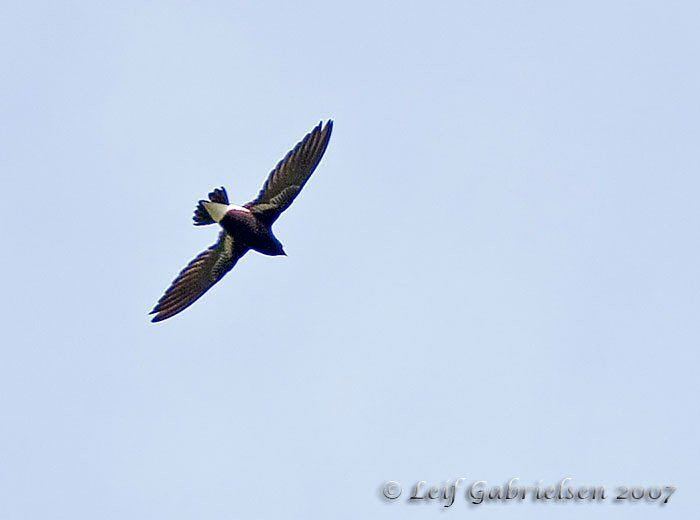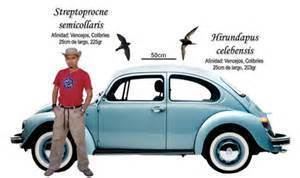Phylum Chordata Rank Species | Family Apodidae Scientific name Hirundapus celebensis Higher classification Hirundapus | |
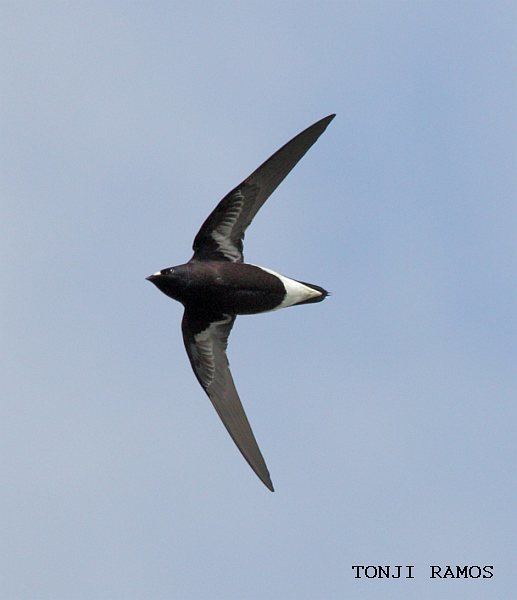 | ||
Similar Pygmy swiftlet, Philippine swiftlet, Hirundapus, White‑naped swift, Schouteden's swift | ||
The Purple Needletail, or hagibas in Tagalog, is the largest swift found in the Old World. This species is distributed from northeastern Sulawesi through the Philippine islands of Luzon, Mindoro, Marinduque, Catanduanes, Calayan, Panay, Negros, Cebu, Leyte, Biliran, Mindanao and Basilan.
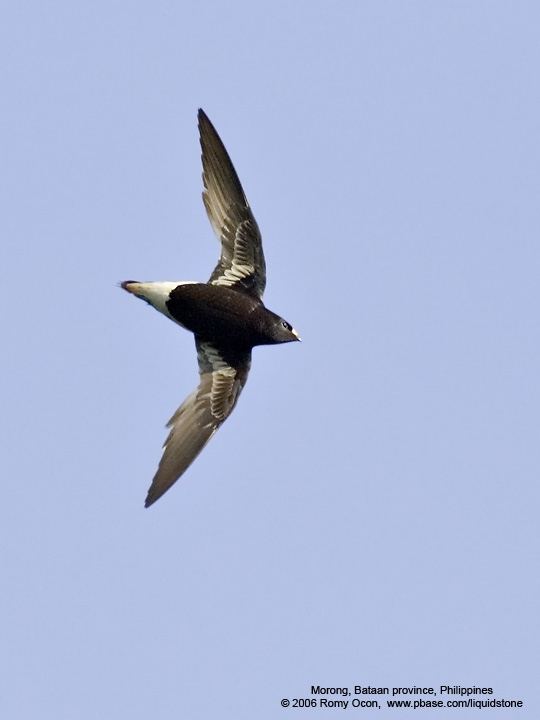
This bird lives in various forests and open country. They may found in the lowlands or in hills, from 150–2,000 m (490–6,560 ft) high in elevation.

These are huge swifts, measuring on average about 25 cm (9.8 in) long and weighing from 170 to 203 g (6.0 to 7.2 oz), with an average of 180 g (6.3 oz) in one study of 22 unsexed adult birds. The wingspan can range up to 60 cm (24 in), with a wing chord length of 20.3 to 23.4 cm (8.0 to 9.2 in). Only the white-naped swift rival this species for size and averages 5 g (0.18 oz) less than this needletail. The overall plumage is mostly uniform blackish, with a whitish loral marking. This species has the large size, white horseshoe-shaped underside-marking, and the subtly-needled tail typical of the needletails. Compared to other needletails, it is extremely dark and is the only one without a pale throat patch.
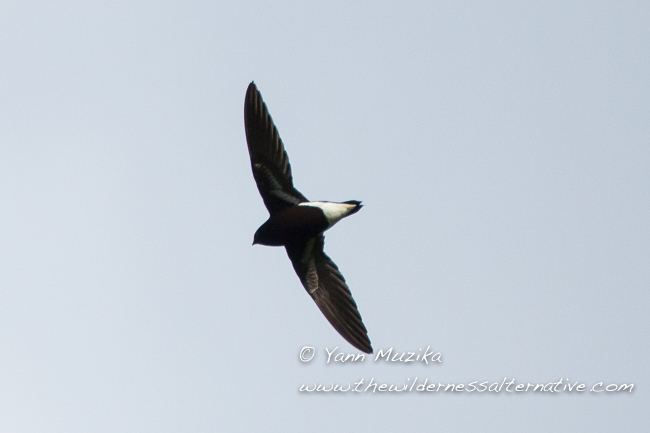
Few detailed descriptions of the life history of the purple needletail are known. It is a gregarious species, probably never leaving a group of at least 20 birds. The large size of these swifts is said to be apparent even from a distance. It is believed to take any kind of large, flying insect; sometimes even hanging around bee-farms to pick off members of a hive. The breeding habits are unknown, although it is thought that this is a cave-nesting bird. The voice is also unknown.
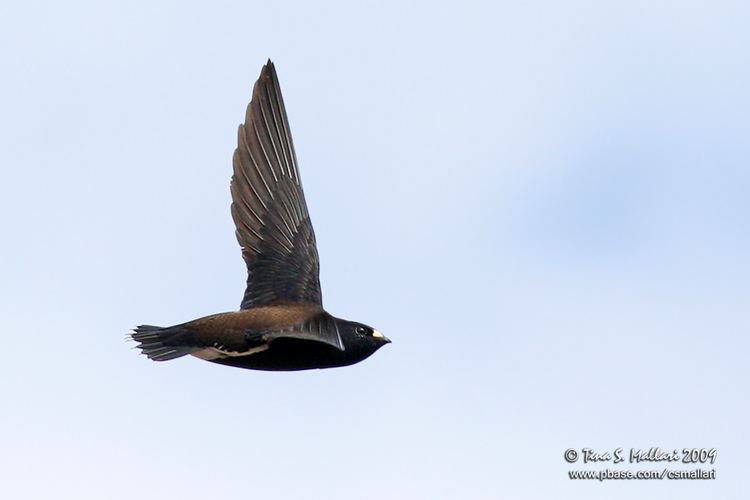
The commonality of this species is not really known. They are thought to be scarce to uncommon through most of their range, but are not endangered and can be numerous in some parts of the Philippines.
